
Laguna Beach, Palm Springs-South Coast Field Office
|
|
ISSUE 954- June 11, 2021
|
|
|
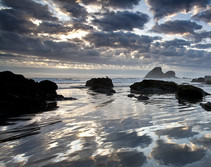
A Proclamation on National Ocean Month
The world’s ocean basins are critical to the success of our Nation and, indeed, to life on Earth. The ocean powers our economy, provides food for billions of people, supplies 50 percent of the world’s oxygen, offers recreational opportunities for us to enjoy, and regulates weather patterns and our global climate system. During National Ocean Month, we celebrate our stewardship of the ocean and coasts, and reaffirm our commitment to protecting and sustaining them for current and future generations. (WhiteHouse.gov)
|
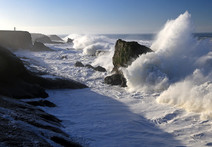
Interior Department Celebrates Ocean Month
The ocean connects the world in a way that no other natural resource does. As we celebrate Ocean Month, the Department of the Interior recognizes the broad responsibility we have for maintaining healthy ocean and coastal resources, and the impact our work has around the globe. At Interior, we manage, protect and provide access to more than 35,000 miles of coastline including 1,100 miles of coastline of the California Coastal National Monument. (DOI Blog)
|
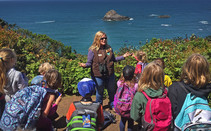
Save future generations of seabirds
The North Coast Chapter of the Seabird Protection Network continues to make a difference in in the future of seabirds. Check out the work being done by the North Coast Chapter of the Seabird Protection Network, U.S. Fish and Wildlife Service, BLM and others to save future generations of seabirds. (USFWS News Release)
|
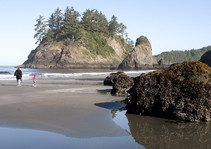
Summer break is here - Get ready for adventure in the Great Outdoors!
BLM’s Junior Explorer program is here to keep your young adventurers engaged, connecting them to the lands, waters, and resources that the BLM manages. This activity book will introduce the plants, animals, and history of the California Coastal National Monument at the Trinidad Gateway. (Junior Explorer Activity Book)
|
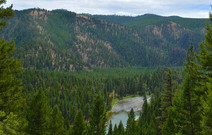
President Biden Appointee Tracy Stone-Manning Speaks At Confirmation Hearing
Tuesday, the Senate confirmation hearing took place for Missoula resident and President Joe Biden appointee Tracy Stone Manning to become the next Director of the U.S. Bureau of Land Management. During her opening statement she spoke of how her experiences in Montana led her to this position. (Northern Broadcasting System: Audio)
|
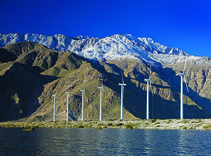
BLM Releases Draft Environmental Analysis for the Whitewater River Groundwater Replenishment Facility Project
The Bureau of Land Management seeks public input on the Draft Environmental Impact Statement for the Whitewater River Groundwater Replenishment Facility Project located in Riverside County. Publication of the Notice of Availability in the Federal Register initiates a 45-day public comment period. (BLM CA News Release)
|

Have you ever looked at the ground beneath your feet while out on public lands? What did you see? Rocks, dirt or maybe biological soil crust. Yes, that’s right, the biological soil crust is formed by tiny living organisms in the top layer of soil. Without this crust there would be a lot less plants and other living things in dry areas like the sagebrush ecosystem. (BLM Fire Facebook)
|
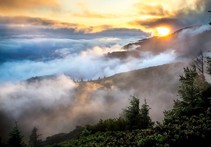
BLM California Fire Restrictions
BLM California fire restrictions or temporary public land closures are used to reduce the risk of wildfires and protect the public. Often times these preventative measures focus on human-related activities, such as campfires, off-road driving, equipment use and recreational target shooting, since human-related activities are the number one cause of a wildfires. BLM Arcata, Bakersfield, Bishop, Mother Lode, Redding, and Ukiah field offices have issued seasonal fire restrictions. (BLM CA Web)
|
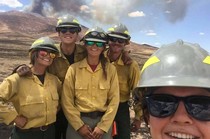
Bureau of Land Management fire program celebrates National Best Friends Day
For the many lifelong friendships that have been created from working side by side together. The wildland fire community is a tight-knit group that supports each other through thick and thin. (BLM Fire Facebook)
|
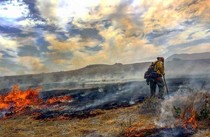
Complex factors make wildland fire in California challenging
As we continue our coverage of firefighting resources, protecting people, property and resources from wildfires is challenging in any state. However, an extremely unusual set of factors make doing this critical Fire job with Bureau of Land Management - California even more difficult and complex. (BLM Fire Facebook)
|
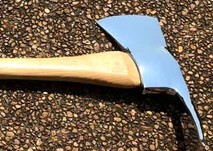
Tools help wildland firefighters do their job. One of our favorites is the pulaski. A pulaski combines an axe and an adze in one head. It’s used for constructing fireline, by digging and chopping wood. The inventor of the pulaski was Ed Pulaski, a U.S. Forest Service ranger based in Wallace, ID. On August 20, 1910, Pulaski was credited with saving all but five of his 45-man crew during the Great Fire of 1910. (BLM Fire Facebook)
|
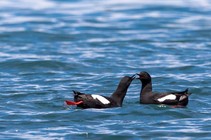
True or False:
All seabirds nest on sandy beaches.
A. True
B. False
Keep scrolling to find out!
|
|
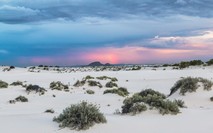
America the Beautiful: Our Work to Conserve at Least 30% of Lands and Waters by 2030
At the Department of the Interior, we know that nature is essential to the health, well-being, and prosperity of every family and every community in America. From the bounty of the Great Plains and vast coastal forests to the high deserts of the Southwest and beyond, our lands and waters define who we are and who we, as a nation, want to be. (DOI Priorities)
|
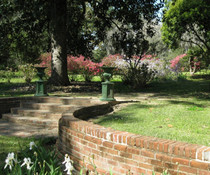
Interior's Fiscal Year 2022 Budget Makes Significant Investments in Racial Equity, Civil Rights Movement Preservation
As part of the Biden-Harris administration’s whole-of-government approach to advancing equity and justice, the Department of the Interior’s 2022 budget proposal contains major investments in initiatives that advance racial equity and tell the stories of historically underrepresented communities and the struggle for civil rights. (DOI News Release)
|
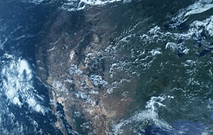
This Week at Interior June 11, 2021
This Week: Celebrating one of Earth's most precious resources during National Ocean Month; it's the first assessment of wind energy potential in the Gulf of Mexico; a proposed offshore wind lease sale off New York and New Jersey could power millions of homes and generate thousands of jobs; Secretary Haaland says Interior's projected budget increase will help foster diversity, equity, and inclusion. (DOI Video)
|
|
Question of the Week Answer
B) False:
Seabirds are ocean-dwelling birds that make their living on the sea, coming to land only to breed and raise their young. Largely unseen by humans in fall and winter, these birds are easily observed in spring and summer when they return from sea to nest on the rocks and islands of California Coastal National Monument. The wild and rocky Pacific Coast provides seabirds with ideal nesting habitat.
Though small in size the rocks and islands along the west coast provide safe breeding habitat for 14 species of seabirds with a population exceeding two million.
Most of these rocks and islands in California are protected as part of the California Coastal National Monument and are closed to public use at all times.
(BLM CA Facebook)
|